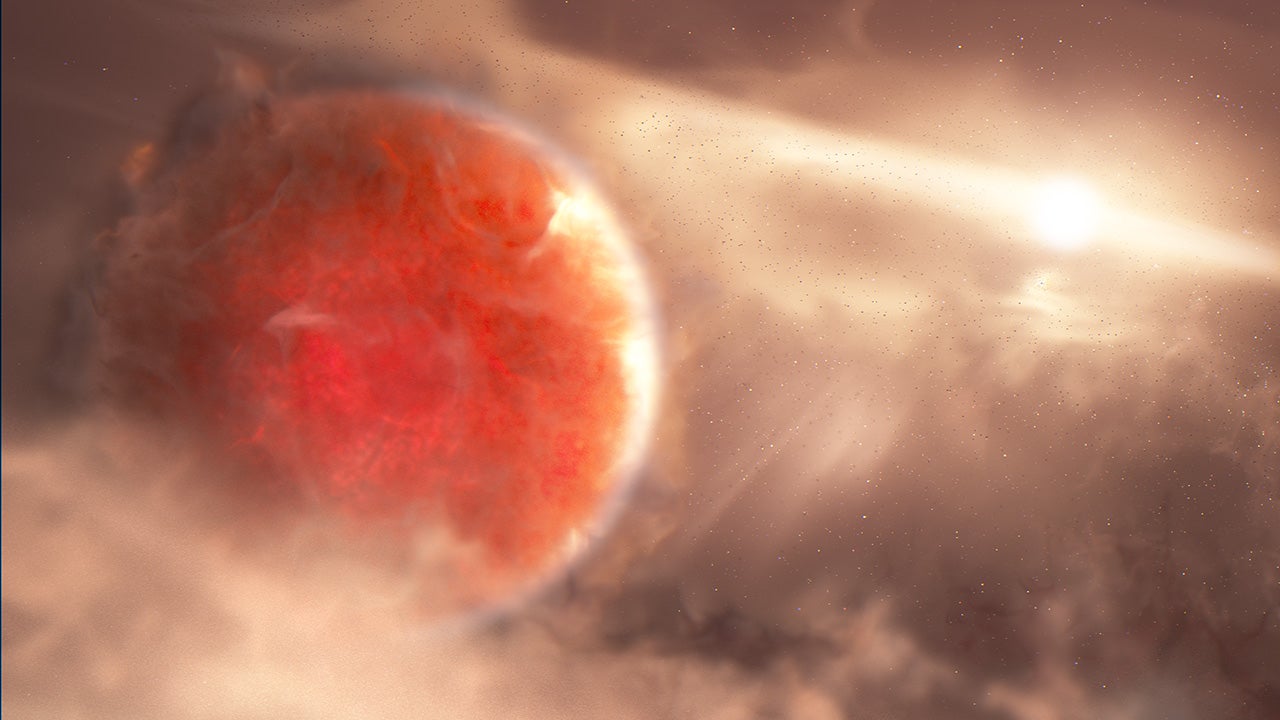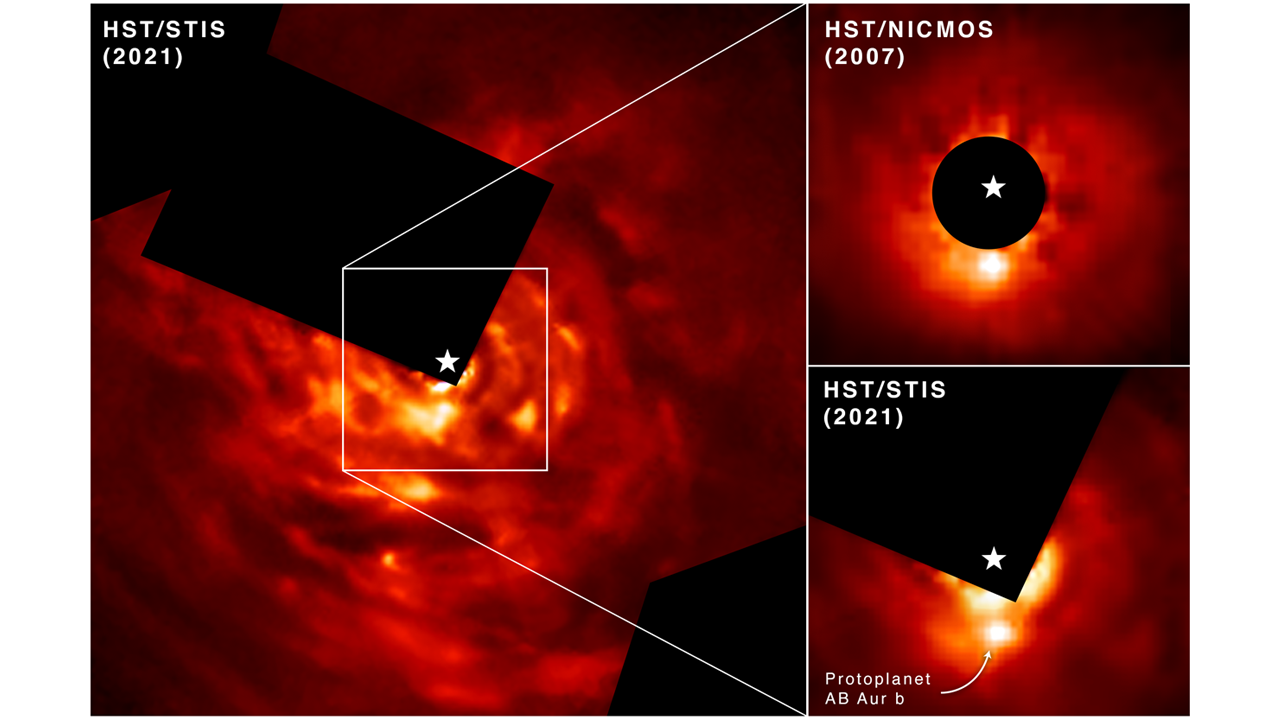Scientists see Jupiter-like planet forming in unusual way

Scientists have seen a new Jupiter-like exoplanet forming, in an unusual way that could change our understanding of how planets form.
An image shows the planet forming far from its star, at a distance about 93 times as far as we are from our own Sun.
It suggests that giant planets can form in a new way, outside of the standard model used to explain how planets form. Rather than the usual “core accretion”, the planet is formed out of big chunks of gas, forming through gravitational instability.
That is a dramatic and violent process, scientists say. And it is still one that remains largely theoretical.
The image is an important first look at a planet as it forms, and could alter how we understand massive gas giants like Jupiter and Saturn, the scientists say.

It was created using data from two instruments on board the Hubble Space Telescope and images from the Subaru Telescope in Hawaii. Scientists rely on a variety of instruments to survey such objects, because separating young planets from other complex disc features that look similar but are actually unrelated to planets is difficult.
Usually, planets like Jupiter form through a process called “core accretion”, where small objects in orbit around a star gradually stick together and build up into a larger object. That then gathers gas from a nearby disc, and creates the planet.
But theory suggests that planets can almost form in reverse. A massive disc around a star cools down, and then breaks into pieces the size of a planet.
That appears to have happened in the case of AB Aurigae b, a planet nine times more massive than Jupiter. It orbits a long way from its star – 8.6 billion miles, or twice the distance from Pluto to the Sun – and so seems unlikely to have formed through the usual process of core accretion.
Join our commenting forum
Join thought-provoking conversations, follow other Independent readers and see their replies
Comments
Bookmark popover
Removed from bookmarks